Flagellates are unicellular organisms that use flagella to move around. Some flagellates can cause disease in humans.
What are flagellates?
Flagellates are eukaryotic organisms. Eukaryotes are all living things that have cells with a nucleus. Flagellates have exactly one cell with a nucleus because they belong to the unicellular group. The flagellates owe their name to their flagella. In technical terminology, these whips, which are used for locomotion, are also called flagella. But the single-celled organisms do not only use their flagella for locomotion. With the help of the small appendages, they can also anchor themselves to structures or fetch food particles.
The group of flagellates was first described by botanist Karl Moritz Diesing in 1866. However, it was not finally recognized as a genus of protozoa until the end of the 20th century. The flagellates, which are pathological to humans, can be divided into three groups: trypanosomes, leishmanias, and trichomonads.
Occurrence, Distribution & Properties
Trypanosomes are single-cell organisms that are mainly found in liquid tissues. They can be found in the blood, lymph or liquor. Trypanosomes can also live in the pericardial fluid. Trypanosomes can be transmitted by insects such as bed bugs. Pathogen reservoirs are domestic and wild mammals. The bugs ingest the pathogens when they suck the blood and excrete infectious forms of flagellates with their stool. The trypanosomes then enter the human body through micro-injuries. Transmission is also possible through contaminated blood transfusions, through breast milk and the placenta, and through infectious human excretions.
Leishmanias are also transmitted by insects. The main carriers are sandflies of the genus Phlebotomus. The main areas of distribution of the pathogen are India, Africa, China, Iraq and the southwestern Arabian Peninsula.
Trichomonads, on the other hand, are not transmitted by insects or animals. The infection occurs during unprotected sexual intercourse via the vaginal fluid or the sperm.
Illnesses & ailments
Trichomonads, especially the species Trichomonas vaginalis, can cause infectious diseases of the genital organs and urinary tract. The moisture and the pH value in the vagina and urethra offer the flagellates optimal living conditions, so that they can survive there for a longer period of time. In women, the colonization by the trichomonads leads to severe inflammation with purulent discharge. A burning sensation develops in the entrance area of the vagina. Sexual intercourse is only possible with severe pain. The purulent discharge smells unpleasantly fishy. This is due to the fact that the infection is often associated with colonization of the vagina by Gardnerella vaginalis and various stool bacteria. Inflammation of the vagina and urethra can be accompanied by pain in the lower abdomen.
Men who are infected with trichomonads usually show no symptoms. Occasionally, the urethritis causes burning when urinating and when ejaculating. Purulent discharge from the urethra can also occur. It should be noted that women with a trichomonas infection have a higher risk of contracting the HIV virus due to the defects in the mucous membrane. In HIV-infected people, a trichomonas infection increases the risk of passing the virus on to other sexual partners.
Trichomonads can not only colonize the genital area, but also the intestinal area (intestines). The pathogen Trichomonas intestinalis can cause enterocolitis.
The flagellates leishmanias, however, cause leishmaniasis. Possible pathogens of leishmaniasis are Leishmania brasiliensis, Leishmania infantum and Leishmania tropica. There are a total of 15 different human pathogenic leishmanias. In leishmaniasis, a distinction can be made between cutaneous, mucocutaneous and visceral leishmaniasis. In cutaneous leishmaniasis, the infection is limited to the skin. So spots form at the puncture sites of the sandflies, which can then turn into small blisters. These enlarge quite quickly and become lumps that then disintegrate into ulcers. In the mucocutaneous form, severe inflammation occurs on the face. The nasal mucosa is also affected, so that a chronic runny nose can develop, which is accompanied by destruction of the nasal mucous membranes. The visceral form is characterized by the involvement of internal organs. Fever, swelling of the spleen and liver, anemia, diarrhea and hyperpigmentation of the skin develop.
The third major human pathogenic group of flagellates are the trypanosomes. The most important representatives are Trypanosoma brucei gambiense, Trypanosoma brucei rhodesiense and Trypanosoma cruzi. Trypanosoma cruzi is the causative agent of Chagas disease. Chagas disease is divided into an acute and a chronic phase. In the acute phase, there is fever, skin changes and generalized inflammation of the lymph nodes. It is not uncommon for the acute phase of Chagas disease to be misinterpreted as a normal flu-like infection. Various organs enlarge during the chronic phase. The gastrointestinal tract shows progressive paralysis, so that the patients suffer from weight loss, swallowing disorders and chronic constipation.
Trypanosoma brucei rhodesiense and Trypanosoma brucei gambiense both cause sleeping sickness. In the first week after infection with the pathogen, a swelling with a vesicle in the middle develops at the injection site. This skin condition is called a trypanosome chancre. One to three weeks later, patients develop a fever, chills, swelling, and rashes. The second stage, the meningoencephalitic phase, is characterized by seizures, sleep disorders, impaired coordination and weight loss. In the final stages of the disease, patients fall into a sleep-like twilight state. Sleeping sickness usually ends fatally after a few months or years.

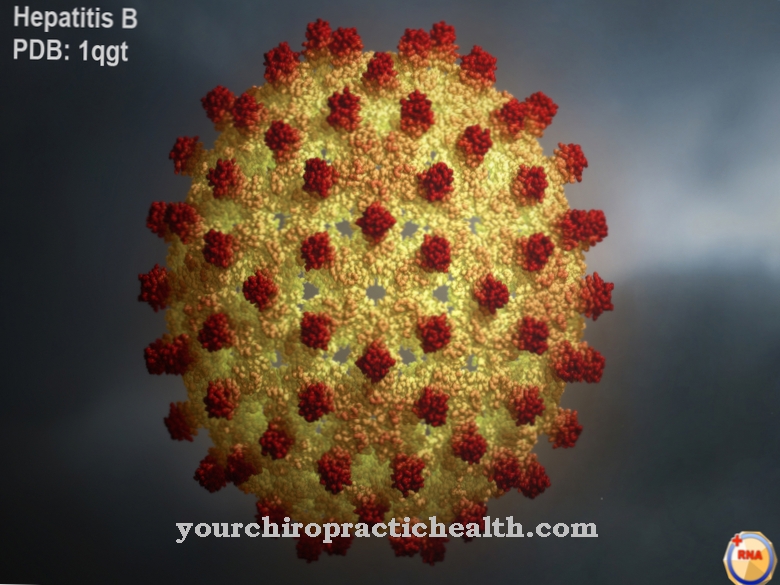
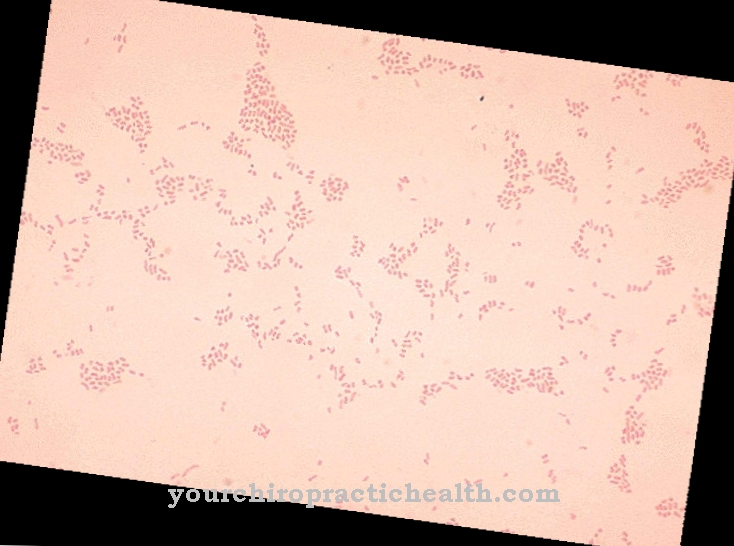
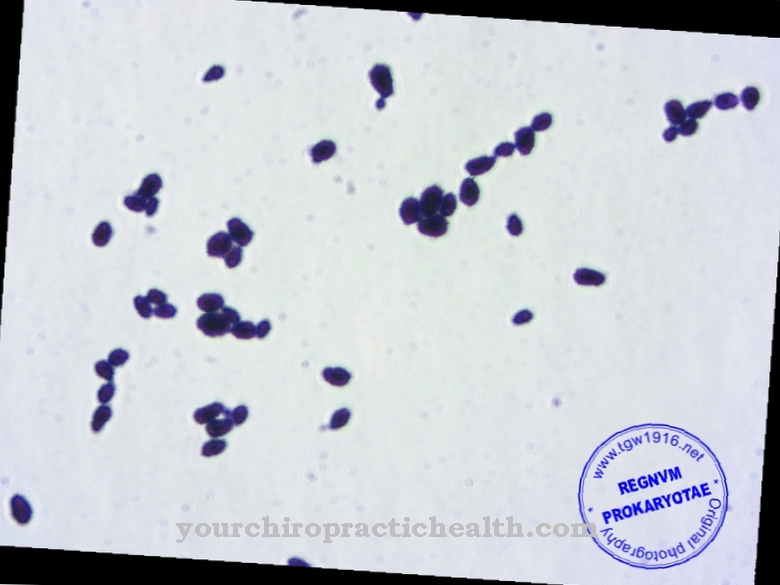

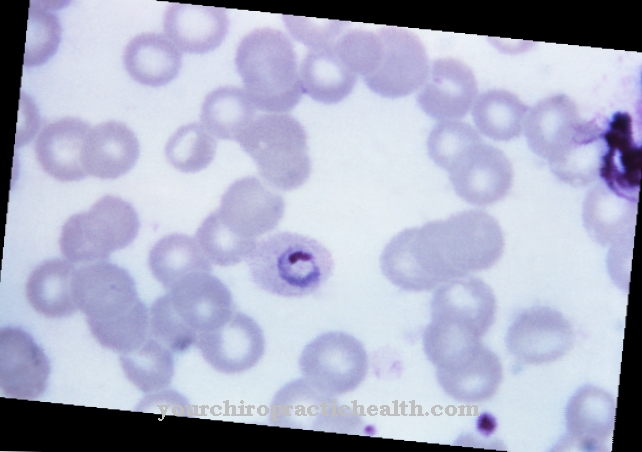


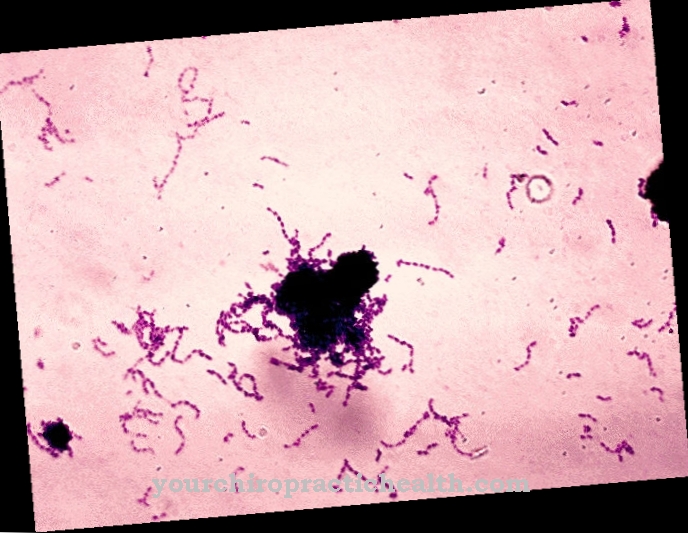




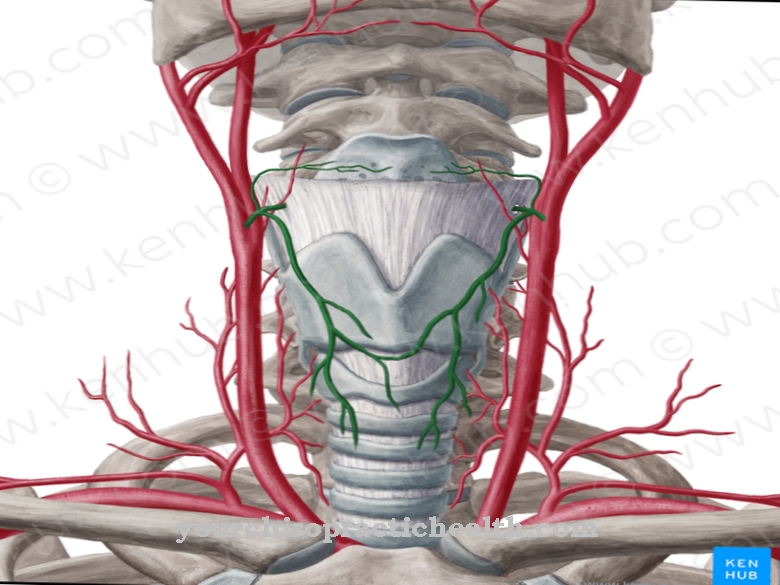
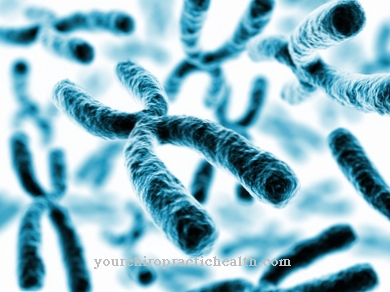











.jpg)

